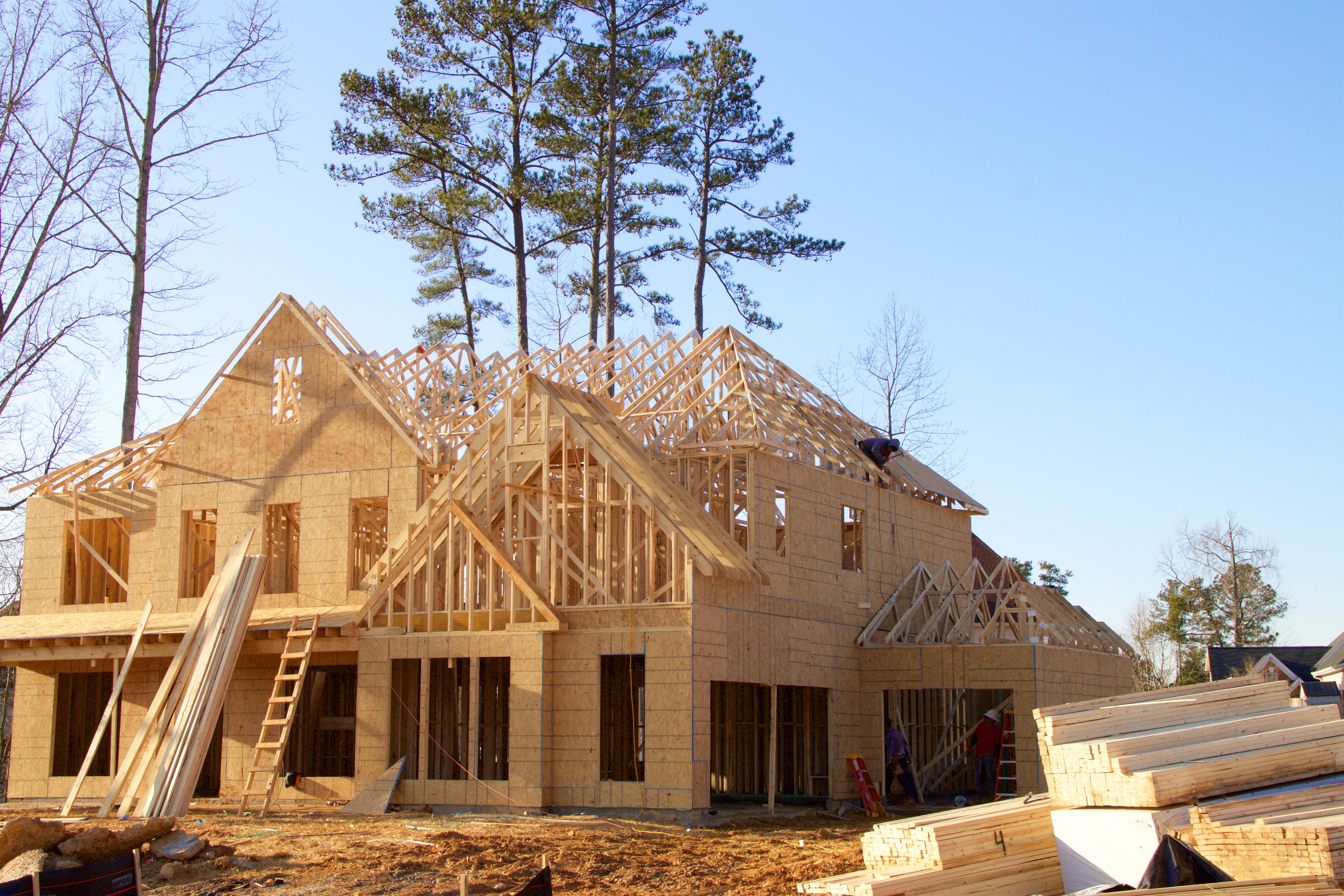Sustainability isn’t just a buzzword in home building anymore — it’s a growing set of expectations. Between evolving regulations, climate resilience goals, and consumer demand, builders face increasing pressure to account for environmental impact in every project. But here’s the reality: balancing these demands with affordability and speed is one of the toughest challenges in land development today.
Choosing the right site is where sustainability starts. Whether you’re planning a single subdivision or a regional portfolio, your ability to evaluate environmental risks (and opportunities) early in the process can define the long-term success of the project.
Why Sustainability Starts With the Site
Designing for sustainability is important. But no amount of green building strategies can overcome a fundamentally flawed site. Sustainability and resilience must be part of the location decision from the outset.
A few of the key factors builders must assess:
- Flood zones and water management: Properties in high-risk flood areas may face stricter building codes, higher insurance premiums, and long-term vulnerabilities.
- Wildfire risk: In fire-prone regions, projects must incorporate mitigation strategies and often navigate additional permitting hurdles.
- Soil health and stability: Erosion, contamination, or expansive soils can make development more difficult, requiring costly remediation.
- Proximity to protected lands or habitats: Sensitive ecological zones can trigger environmental reviews or restrict development altogether.
Overlooking any of these elements can lead to expensive surprises — or worse, stalled or canceled projects.
The Rising Cost of Environmental Compliance
Federal, state, and local regulations are increasingly focused on climate adaptation and sustainability. Builders are navigating a growing list of requirements:
- Stormwater management plans
- Green space or tree preservation mandates
- Energy efficiency or carbon footprint goals
- Conservation overlays or buffer zones
Meeting these standards often means higher upfront costs, longer entitlement timelines, and the need for more specialized consultants. For builders trying to keep housing prices attainable, that’s a tough balancing act.
Affordability vs. Resilience: A Growing Tension
Today’s buyers expect both: affordable homes and future-ready development. But those goals can feel at odds when land in “safer” areas — above the floodplain, outside the fire zone, and near major infrastructure — comes at a premium.
This challenge is especially acute in high-growth regions where suitable land is already limited. Builders are forced to weigh competing priorities: short-term feasibility vs. long-term resilience, affordability vs. location quality, regulatory ease vs. environmental safety.
The result? Smart builders are getting proactive, identifying risk earlier, planning for mitigation up front, and using better tools to prioritize the right opportunities.
Smarter Site Selection with Environmental Insight
Incorporating sustainability into your land strategy doesn’t mean slowing down. It means seeing clearly, early enough to avoid missteps and move faster where it counts.
With the right data, builders can:
- Filter out parcels with disqualifying environmental risks
- Identify resilient sites near infrastructure and services
- Plan for mitigation where risk is manageable
- Compare long-term viability across multiple options
How Acres.com Helps Builders Evaluate Environmental Risk
Acres makes it easy to factor sustainability into your site selection process, without adding complexity.
Our platform helps you:
- Visualize environmental risk factors like flood zones, wildfire hazard, wetlands, and soil type.
- Analyze parcels in the context of infrastructure, zoning, and ownership.
- Filter for viable, lower-risk sites before investing time and money.
- Build a forward-looking land strategy that’s both profitable and sustainable.
Sustainable Sites Start with Smarter Search
Climate risk isn’t going away. In fact, it’s becoming a defining factor in where and how development happens. Builders who factor environmental realities into site selection (from the start) will not only avoid costly surprises, but lead the way in building resilient communities.
Acres gives you the clarity to make better decisions, faster. Explore our platform to see how we’re helping builders prioritize smart, sustainable land opportunities — all in one place.
